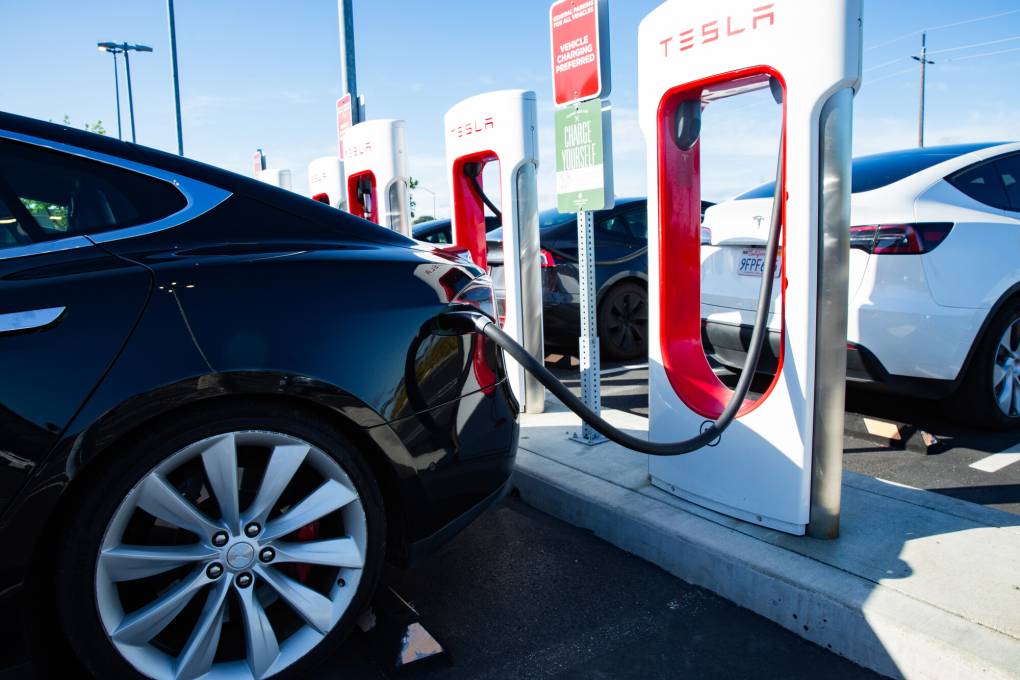“I think there’s a sigh of relief in the community overall that certain things that were theoretically predicted, like how to do error correction, and that’s a technical term for an important technique you need … it was, in theory, always understood that this should work,” Neven said. “But we showed it for the first time in practice.”
Quantum researchers KQED spoke to at the conference applauded Google’s announcement, and not just because it pushes quantum computing forward. Venture capital investment in quantum computing research has dropped in the last two years due in part to the growing interest and investment in AI.
According to the European quantum computer manufacturer IQM, there’s been a 50% drop in venture capital invested into quantum startups in two years — from $2.2 billion in 2022 to around $1.2 billion in 2023. The hope is that Willow restores interest.
“The fact that Google is doing this work, along with others like IBM, is really wonderful for the industry,” said David Rivas, chief technology officer of Berkeley-based Rigetti Computing.
But that’s not to say the world needs to choose between the two technologies. Quantum experts see scientists using Generative AI and quantum in tandem — if not now, then sometime in the near future. Quantum computing could help AI tackle higher-dimensional, probabilistic and optimization-heavy challenges like, for instance, delivering a short list of possible treatments for diseases AI could focus on.
“These are two different technologies. Both will turn out to be the most transformational of our time,” Neven said. “But there are many things that AI or machine learning can do that quantum mechanics would be much better suited to do.”


